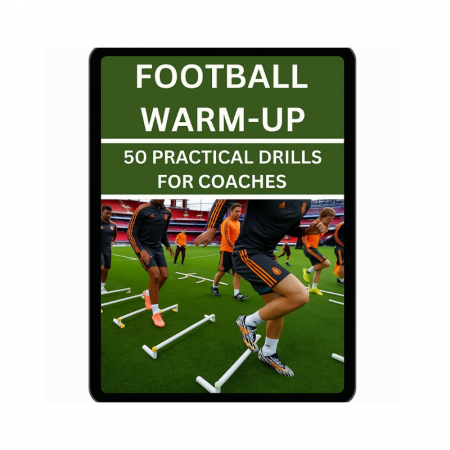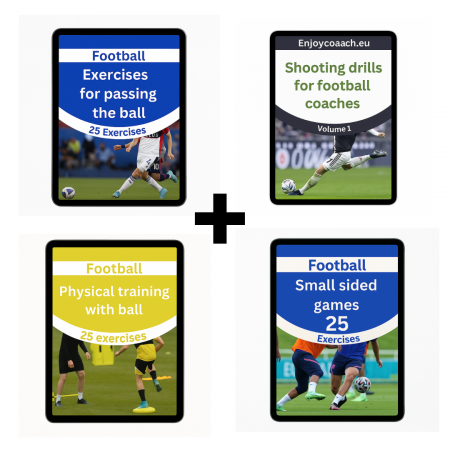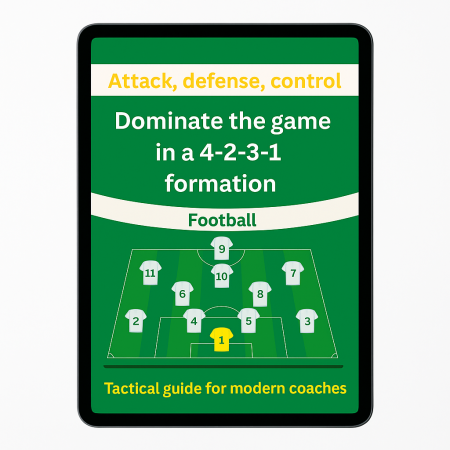How to use full-backs in build-up play – The key to modern football
In today’s game, full-backs are no longer just defenders tasked with stopping crosses. They’ve become crucial attacking pieces — stretching the field, breaking lines, and triggering attacking phases. If you want a modern team that controls the rhythm and creates constant danger, learning how to use full-backs offensively is essential.
1. Provide width and stretch the defense
The first tactical role of a full-back is to provide maximum width. By holding a wide position, they force the opponent to stretch, creating gaps between lines or diagonally across the field.
✅ Practical example: When the ball is with your central midfielder, the full-back on the far side pushes forward to become an outlet. This movement can pull an opponent out of position, creating an exploitable gap.
2. Triangles and quick combinations on the flank
A forward-moving full-back forms triangles with the winger and central midfielder, enabling quick one-touch passes and creating numerical superiority on the wing.
✅ Drills to practice:
-
Lateral passing triangles
-
Directional switches using the full-back
These drills teach decision-making, timing, and awareness on the flanks.
3. The inverted full-back – Control and compactness
The inverted full-back has become a key concept. Instead of pushing wide, the full-back steps into the midfield during build-up, acting as an extra central midfielder.
🎯 Benefits:
-
Central overloads
-
Breaking pressing lines with short combinations
-
Transitioning into a 3-2-5 shape in attack
This role requires high tactical intelligence and positional awareness.
4. Transforming the backline – Balance and progression
When one full-back goes forward, the other drops deep, forming a back three. This approach provides defensive balance during transitions, while allowing controlled build-up and progression.
The modern full-back is a decision-maker, not just a runner. They must read the game, know when to push forward, and identify which spaces to attack.
5. Presence in the final third – Crosses and shots
Today’s full-backs must contribute directly to goals — through cutbacks, key passes, or even shots from the edge of the box.
✅ Elite examples:
-
Trent Alexander-Arnold (Liverpool) – a lateral playmaker with pinpoint crosses and long switches
-
João Cancelo (City/Bayern) – operates in central areas to control the tempo
-
Theo Hernández (Milan) – bursts forward with speed and finishes actions himself
Conclusion: Build intelligent, versatile, and impactful full-backs
Modern full-backs are not just flank runners. They are creators, space manipulators, and often key passers.
To build a team that attacks with precision and intelligence, you need to train your full-backs in positioning, timing, and offensive decision-making.
Want practical drills to develop your full-backs in attack?
Visit www.enjoycoach.eu to download tactical guides and training exercises used by elite coaches.
Transform your full-backs into offensive weapons!




